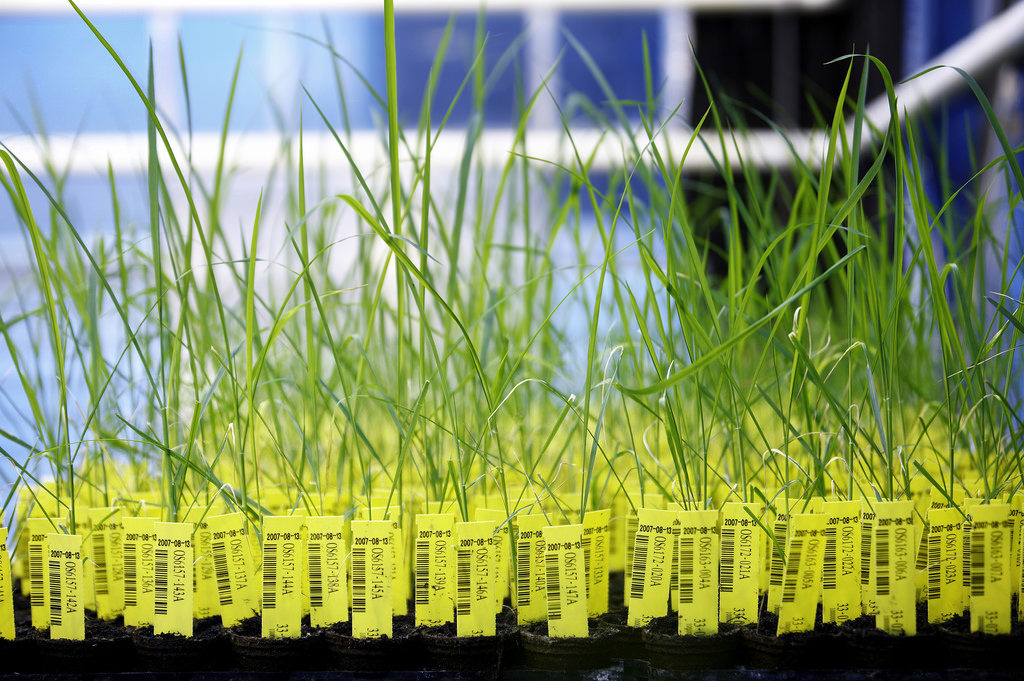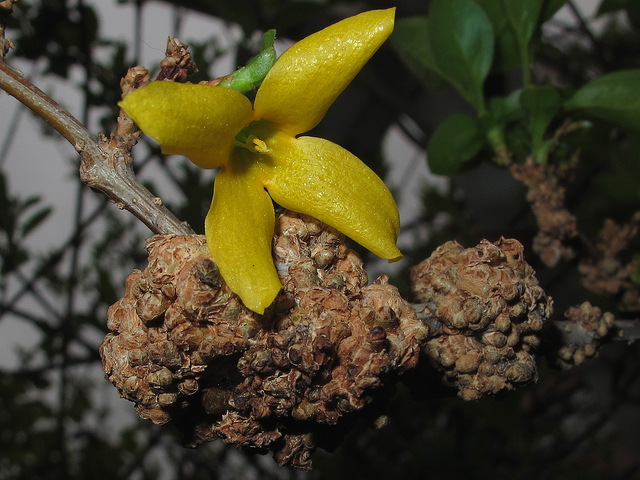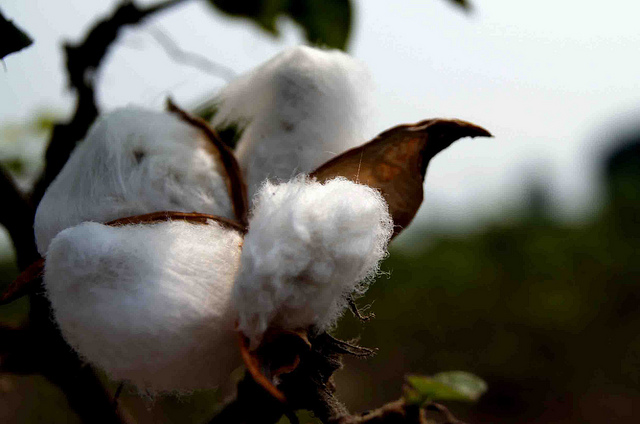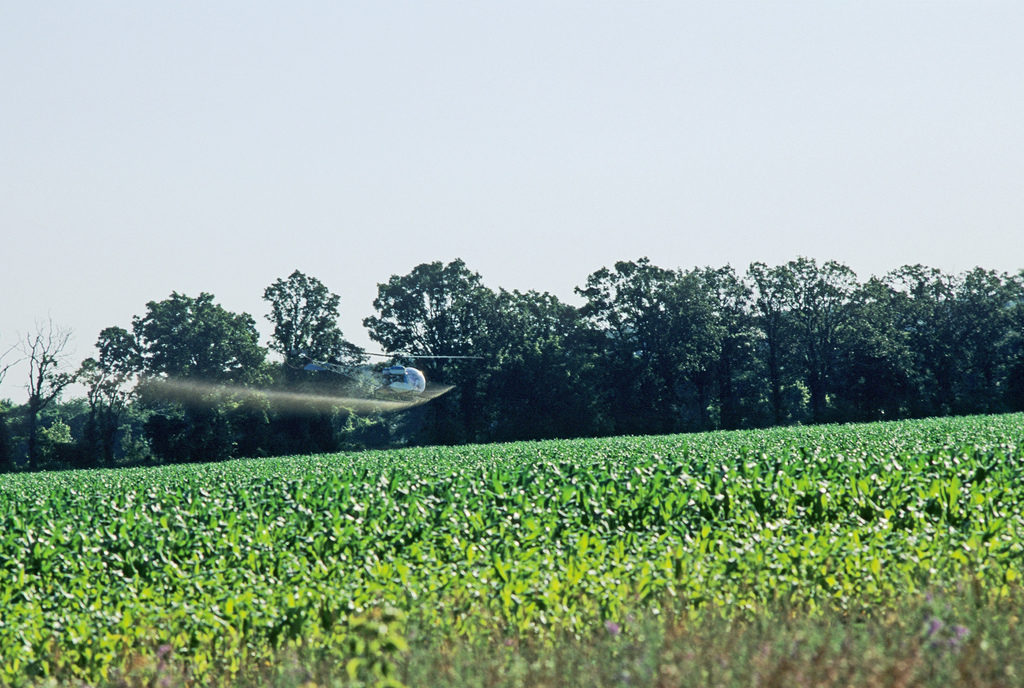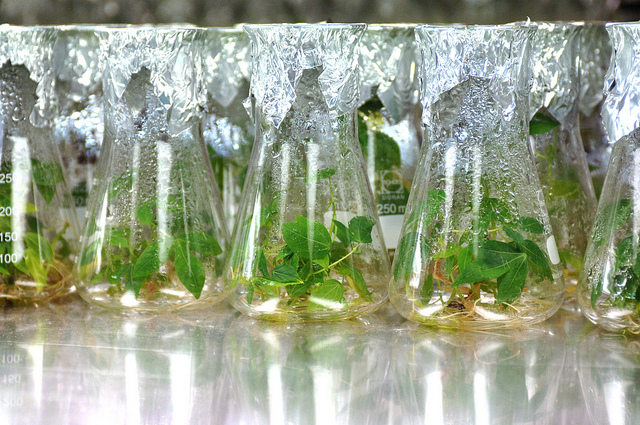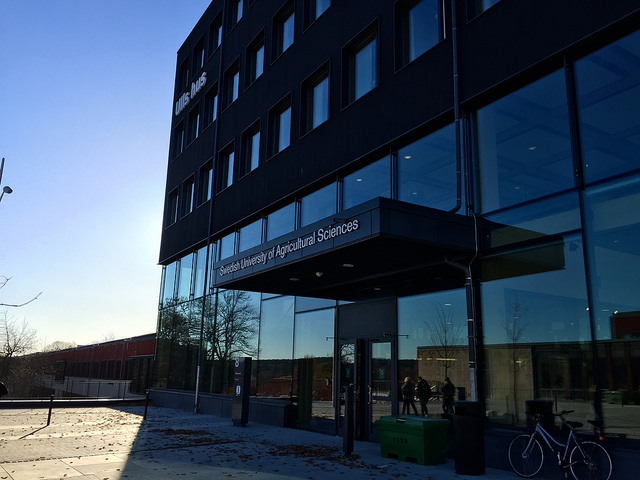The year 2030 is approaching and we have a big challenge ahead to end hunger, achieve global food security and improved nutrition, and promote sustainable agriculture. We should be using all the resources available to make this a reality. However, there are some methods which are embroiled in controversy. Yes, you know what I am referring to, it’s those three letters which divide social scientists, natural scientists, politicians and the public alike: G-M-O.
Some of you may view GMO in a positive light, citing the achievements of improved nutrition, reduced pesticides and the ability to create drought resistant crops. Whereas, others may worry about the safety of consuming genetically altered crops, or the environmental risks, or whether GMO is even necessary!
Others may not have a firm stance and would like to know more. This is where I stand. I see the hugely positive benefits of GMO into our food systems, but it is a subject I do not know enough about. With so much misinformation surrounding the subject, I asked someone who has been studying and working in the field of plant genetics.
Meet Carly; a research entomology technician with a bachelor’s degree in plant sciences from the University of California, Davis.
Sunil: Hi Carly! As you can see, I really don’t know enough about GMO. Would you mind explaining to me what a GMO is?
Carly: Sure! According to the world health organization (WHO) GMOs are organisms in which the genetic material (DNA) has been altered in a way that does not occur naturally by mating and/or natural recombination, allowing selected individual genes to be transferred from one organism into another, also between non-related species. While this definition refers to the artificial practice of scientists manipulating DNA, it is essential to acknowledge that the origin of these mechanisms is natural.
S: What are all the arguments about?
C: Genetically modified organisms, abbreviated GMOs or GM, have been a centre of controversy since their conception. Banned in the EU, yet relied upon for food production in many countries of the western hemisphere, global citizens have not yet reached a consensus on the appropriate role(s) of GM technology.
